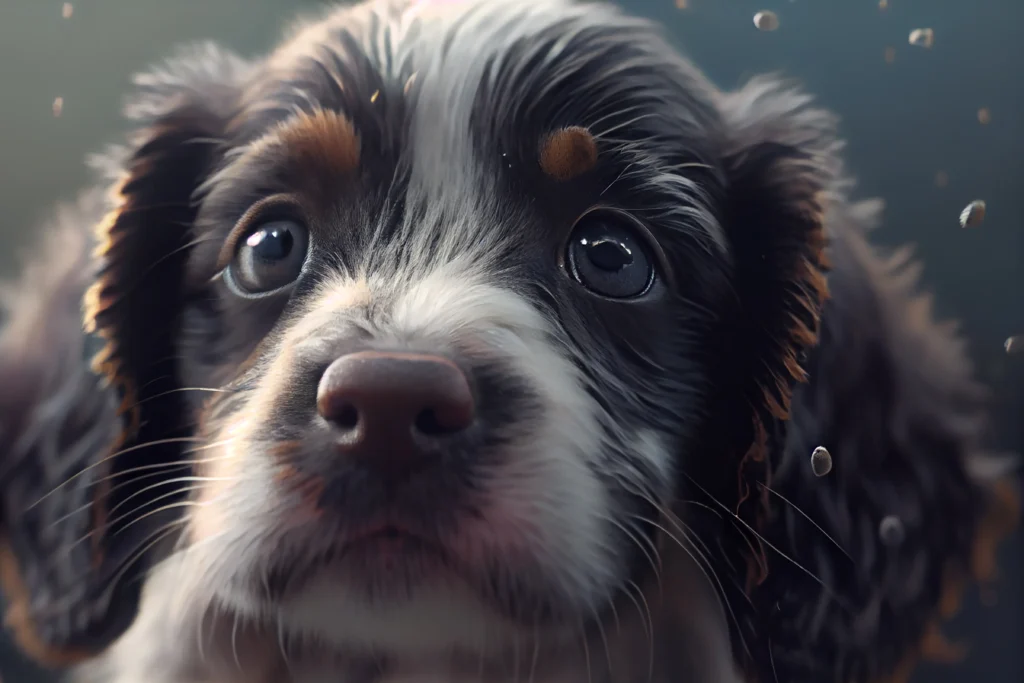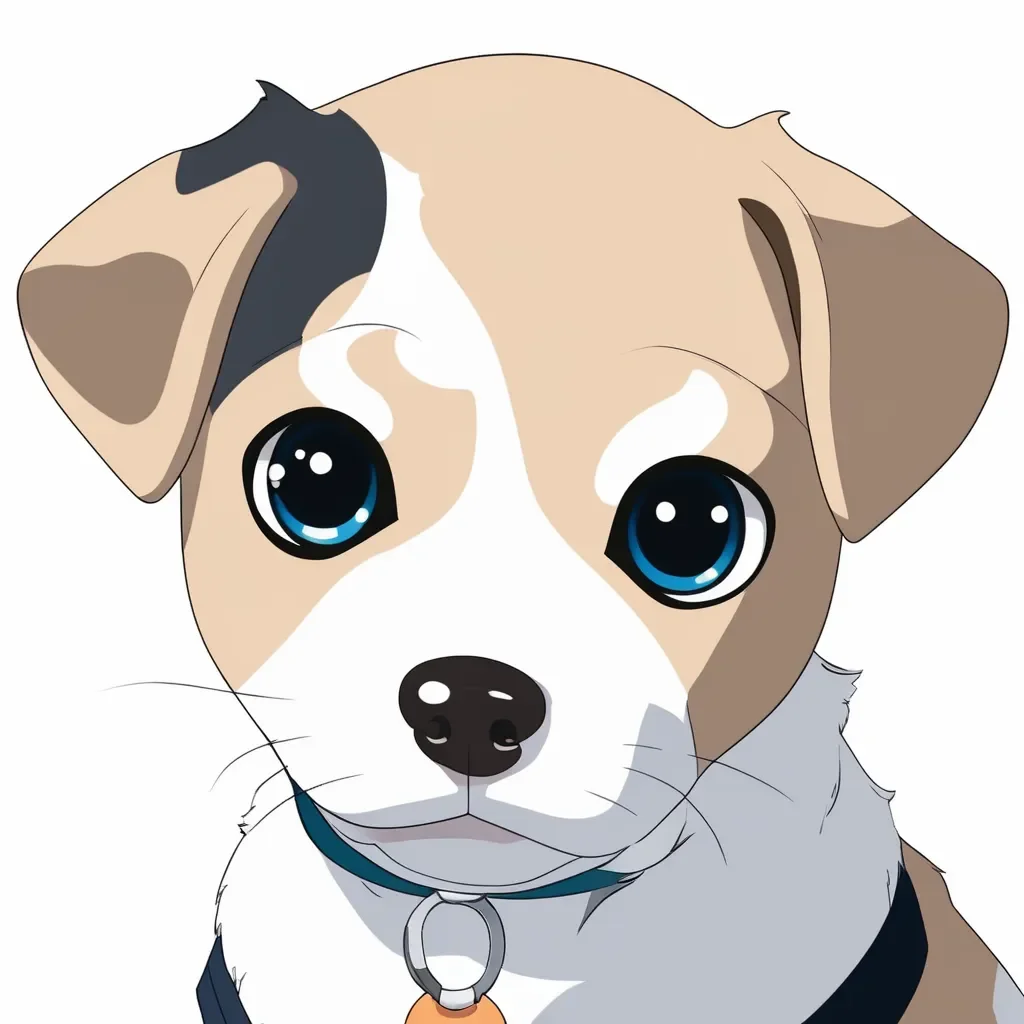Puppy Eyes in Anime, a world of vibrant visuals and heartfelt storytelling, often relies on a fascinating array of artistic tools to convey emotions. Among these, the “puppy eyes” trope shines as an endearing hallmark. With their shimmering, wide-eyed innocence, these expressions have become synonymous with vulnerability and emotional depth. Why do they resonate so deeply? Perhaps it’s their ability to evoke universal feelings of empathy and warmth. Let’s explore the roots, impact,

What Are Puppy Eyes in Anime?
Imagine a character gazing upward, eyes glistening with unshed tears, pleading without words. That’s the essence of puppy eyes in anime. These exaggerated, almost impossibly expressive eyes resemble the hopeful look of an actual puppy. They symbolize innocence, helplessness, or a silent plea for understanding.
For instance:
- In romance anime, puppy eyes melt hearts, seeking love or forgiveness.
- In comedy, they add humor, especially when paired with absurd situations.
- In action or drama, such eyes reveal a character’s humanity amidst chaos.
This visual trope transcends genres, making it both versatile and universally adored.
The Roots of Puppy Eyes in Anime
Where did this iconic style originate? It can be traced back to Osamu Tezuka, the legendary “God of Manga.” Inspired by Western animation—think Bambi’s soulful gaze or Snow White’s expressive face—Tezuka brought larger-than-life eyes to Japanese comics and anime. His characters were designed to communicate complex emotions effortlessly.
By the 1960s, this style evolved into a staple of anime art, with puppy eyes becoming a powerful narrative tool. Beyond aesthetics, they tapped into something primal: our instinct to protect and nurture. Their appeal lies in their ability to connect, bridging the gap between fiction and reality.
Why Are Puppy Eyes So Impactful?
The answer lies in psychology. Humans are wired to respond to wide-eyed expressions—they mirror the faces of infants, triggering protective instincts. In anime, this natural reaction is amplified through:
- Artistic Techniques: Animators enlarge eyes, add sparkles, and layer glossy highlights to create a sense of moisture and raw emotion.
- Contextual Weight: Puppy eyes often appear in pivotal moments—when a character is heartbroken, hopeful, or vulnerable—making their impact unforgettable.
- Cultural Subtlety: Japanese culture values non-verbal expression, and puppy eyes offer a perfect outlet for emotions that remain unspoken.
Iconic Moments of Puppy Eyes in Anime
Some characters have mastered the art of puppy eyes, creating scenes that stay with us long after the credits roll.
- Naruto Uzumaki (Naruto): Naruto’s occasional puppy-eyed pleas—often aimed at seeking understanding—reveal his deep-seated loneliness, tugging at our hearts.
- Tony Tony Chopper (One Piece): Chopper’s adorably oversized eyes make him one of the series’ most endearing characters, amplifying both comedic and emotional moments.
- Usagi Tsukino (Sailor Moon): Usagi’s dramatic, teary-eyed expressions capture her lovable, clumsy nature.
- Nezuko Kamado (Demon Slayer): Nezuko’s expressive gaze communicates her inner purity, even as a demon, creating a powerful duality.
Each example shows how these wide-eyed expressions breathe life into characters, making them unforgettable.
How Puppy Eyes Shape Storytelling
Puppy eyes are not just visually appealing—they’re a storytelling powerhouse.
- Evoking Empathy: When a character’s puppy eyes fill the screen, viewers instinctively share their pain, joy, or desperation.
- Adding Humor: Over-the-top, exaggerated puppy eyes can lighten a tense scene, eliciting laughter.
- Foreshadowing: Moments of puppy-eyed innocence often contrast sharply with future tragedies, deepening emotional impact.
These eyes are more than a stylistic choice; they’re a way of drawing audiences deeper into the narrative.
The Artistic Craft Behind Puppy Eyes
Crafting perfect puppy eyes requires precision and creativity:
- Highlight Placement: Sparkling highlights mimic tears, amplifying the emotional intensity.
- Size Matters: Larger irises make characters appear youthful and innocent.
- Subtle Eyebrows: Arched brows, often tilted upward, convey sadness or desperation.
- Slow Animation: Zoom-ins or lingering close-ups focus the viewer’s attention, heightening the moment’s emotional weight.
These elements combine to create expressions that resonate deeply, leaving lasting impressions.
Why Fans Adore the Puppy Eyes Trope
What makes this trope so beloved? Its versatility. Fans appreciate how puppy eyes can transform simple interactions into deeply moving or hilariously exaggerated moments. From heartfelt confessions to comical begging, they strike a balance between sincerity and entertainment.
The trope has also inspired fan art, memes, and countless discussions online, cementing its place in anime culture. Whether you’re a seasoned otaku or a casual viewer, puppy eyes are impossible to ignore—they leave an indelible mark.
FAQs About Puppy Eyes in Anime
Q1: Which anime genres feature puppy eyes the most?
A: Romantic and slice-of-life anime are prime users of this trope, but action and fantasy titles also include puppy-eyed moments during emotional peaks.
Q2: Are puppy eyes exclusive to human characters?
A: Not at all! Non-human characters like Pikachu (Pokémon) and Chopper (One Piece) frequently showcase puppy eyes, enhancing their charm.
Q3: What cultural meaning do puppy eyes hold in Japan?
A: They reflect the Japanese appreciation for subtle emotional cues, allowing animators to express vulnerability and depth without dialogue.
Q4: Can puppy eyes lose their impact if overused?
A: Absolutely. Like any trope, overusing puppy eyes risks diminishing their emotional weight. Skilled storytelling ensures their effectiveness by reserving them for key moments.
External Resources
- History of Anime Eyes – Anime Motivation
- The Psychology Behind Big Eyes in Anime – Anime News Network
- Why We Love Anime Characters with Big Eyes – MyAnimeList
Conclusion
The puppy eyes trope exemplifies anime’s mastery of visual storytelling. Through shimmering gazes and unspoken emotions, these expressions forge unforgettable connections between characters and viewers. Whether it’s a plea for forgiveness, a heartfelt confession, or a moment of vulnerability, puppy eyes remind us of the power of art to evoke profound feelings. As anime continues to innovate, this timeless trope will remain a cornerstone of its emotional arsenal, captivating audiences for generations to come.



